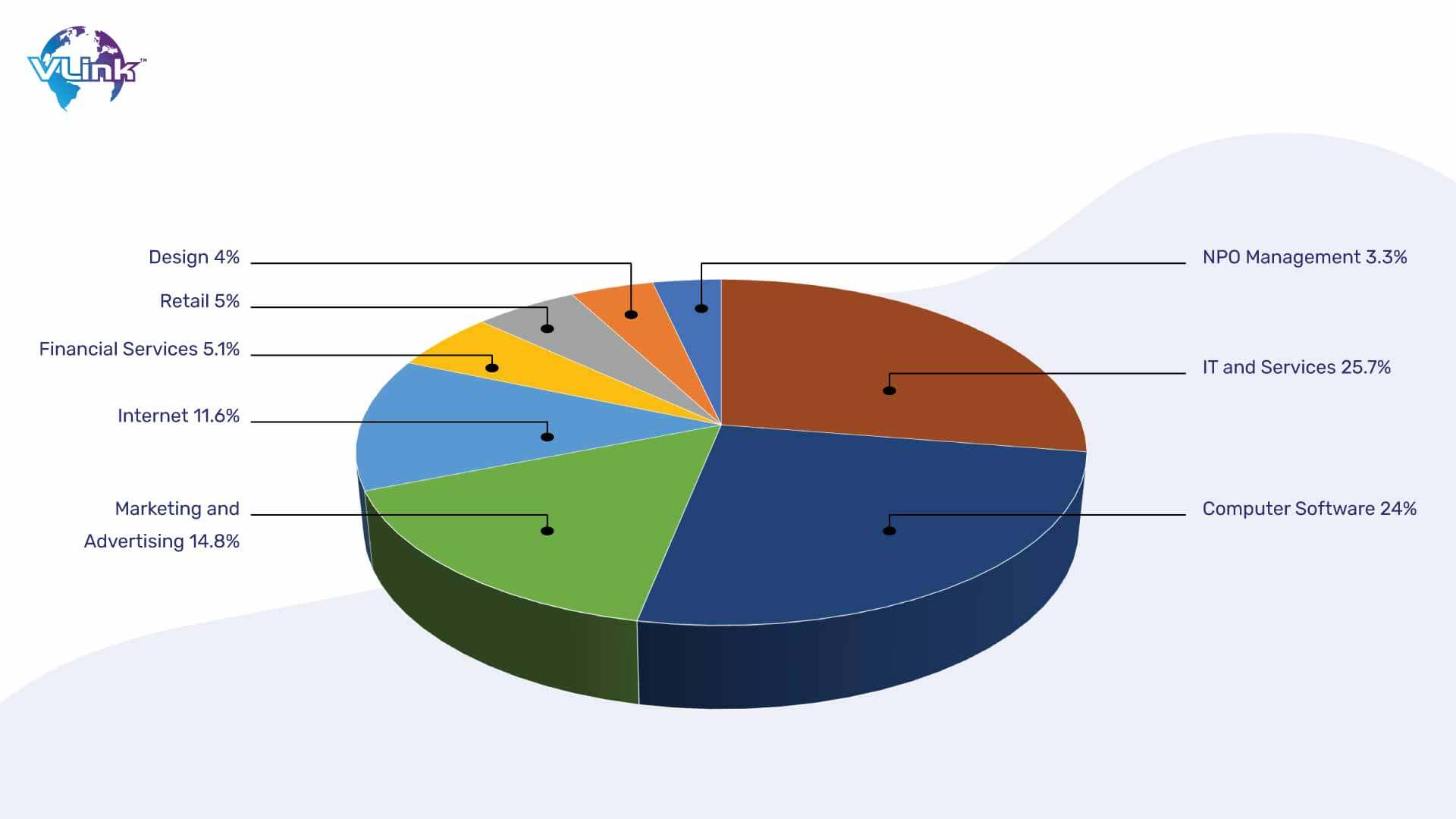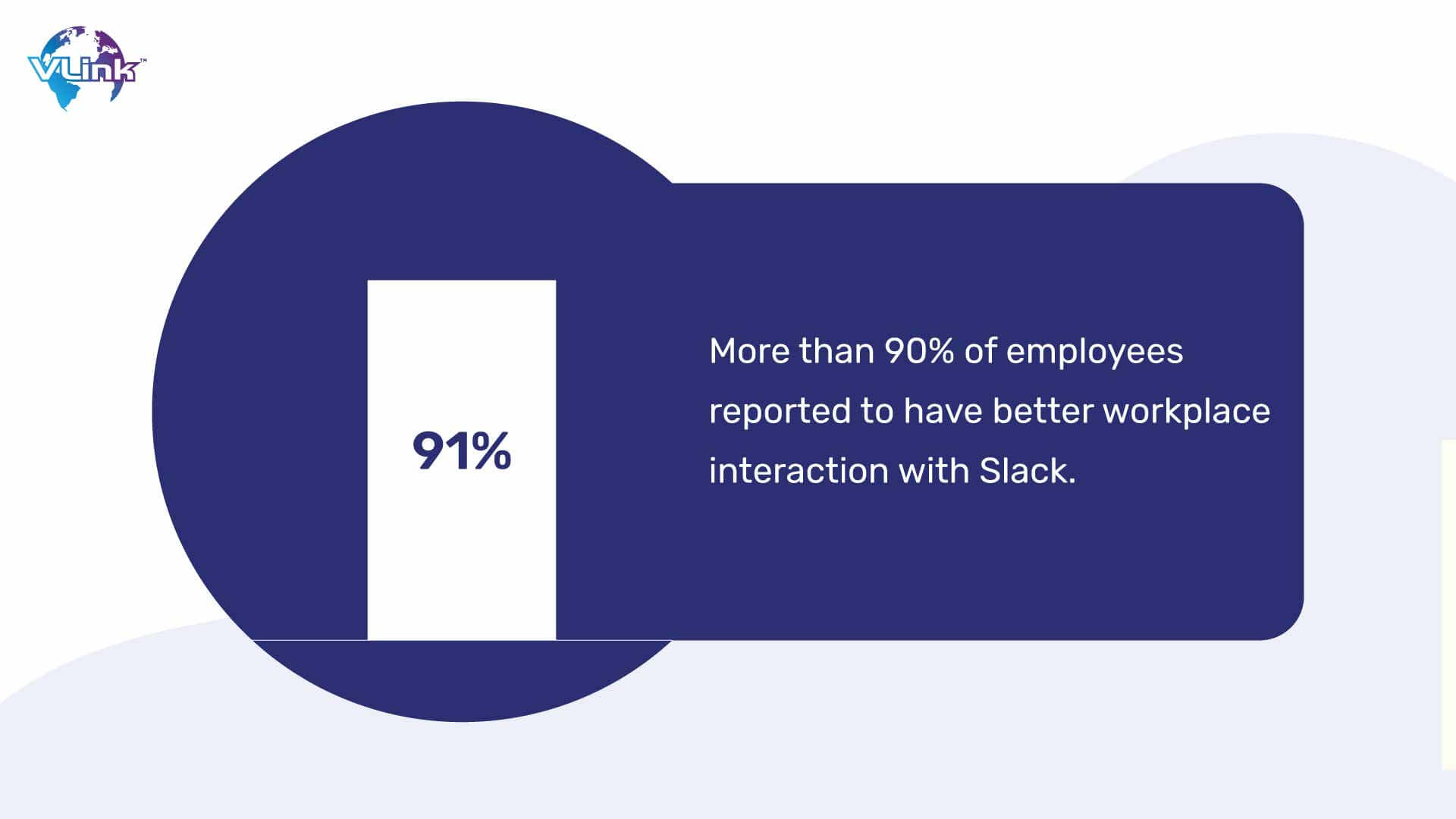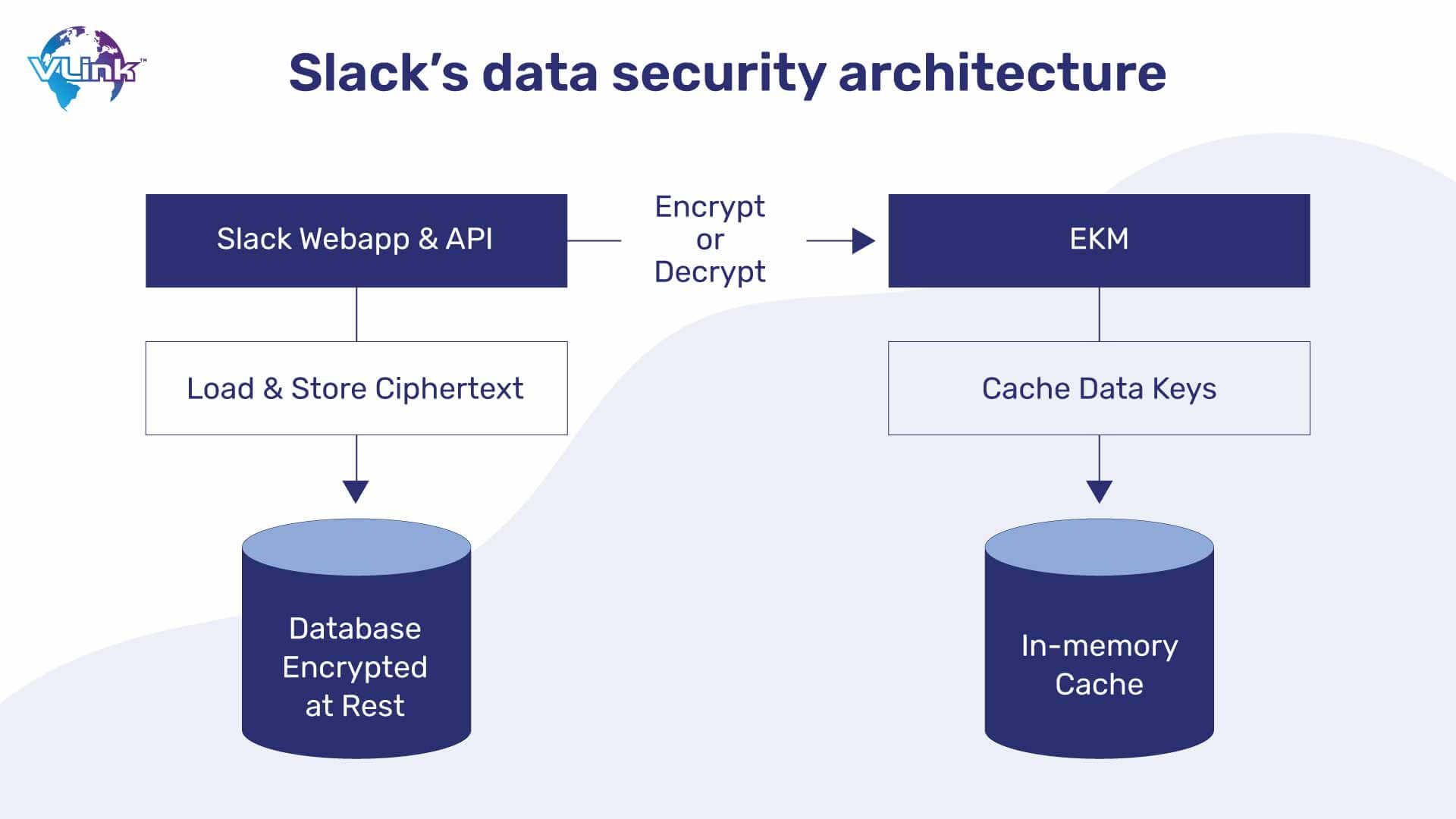In the ever-evolving landscape of business tools, Slack emerges as an indispensable asset within the realm of B2B enterprise SaaS startups. Slack, the enterprise messaging platform that facilitates real-time communication, project collaboration, and information sharing among business colleagues, has undergone a remarkable evolution since its inception in August 2013.
What sets Slack apart is its unique journey to success. Prior to its global debut, Slack underwent rigorous testing within its own development team, granting the company invaluable insights into user behavior and preferences. This preemptive understanding bestowed upon Slack a significant competitive advantage, propelling it to unparalleled heights of achievement.
The gamble on this approach paid dividends. By the close of January 2019, Slack Technologies, the parent company, proudly announced that its office messaging service boasted more than 10 million daily active users and garnered support from over 88,000 organizations, all of whom were paying customers. This figure swelled to over 95,000 by the end of April.
This article aims to explain why this formidable messaging platform has emerged as the go-to communication tool for countless businesses, including B2B enterprises immersed in the realm of SaaS startups.
How did it all start?
Stewart Butterfield, the Founder, and CEO of Slack had previously navigated the realm of fast-growing applications with his prior creation, Flickr, a decade before embarking on the Slack venture. Following the success of Flickr, which was eventually acquired by Yahoo, Stewart assembled his core team and returned to his initial project—a web-based multiplayer game known as Glitch.
Leveraging their newfound renown from Flickr's triumph, the team encountered a more receptive investment environment. With an infusion of $17 million in funding, predominantly allocated to augmenting the team with graphic animators, Glitch swiftly amassed a substantial user base, courtesy of Flickr's notoriety.
However, an affliction that plagues most startups soon manifested—an unsustainable user retention rate. From a business standpoint, Glitch appeared doomed. Nevertheless, within the Glitch team, a potent internal communication system had emerged, significantly enhancing productivity.
The team only realized the true worth of this communication system after the unfortunate demise of Glitch. It proved markedly superior to conventional email-based communication and became indispensable to their workflow.
Subsequently, a few weeks after Glitch's cessation, Stewart and his team embarked on the business communication app development - SLACK, essentially reconstructing the entire internal communication system within a mere couple of months.
Where Slack impacted the most?
Slack's emergence was impeccably timed. While it was not the inaugural player in the realm of novel communication systems, preceding platforms like Yammer, Campfire, and HipChat had already cultivated modest yet devoted user bases. With copycats emerging at an alarming rate, Slack needed to excel in addressing the communication conundrum to thrive.
Today, Slack is one of the top communication platforms utilized by IT industry. Take a look at the stats:  The dedicated development team at Slack focused on crafting the following targeted features to streamline internal communication:
The dedicated development team at Slack focused on crafting the following targeted features to streamline internal communication:
- Customizable notification settings and advanced search functionalities spanning the expanse of Slack's interface.
- Contextually relevant and segmented communications, encompassing persistent chat, direct messaging, and voice and video calls within and between teams.
- Seamless communication and collaboration spanning multiple devices and platforms.
- Integration capabilities with third-party apps, legacy enterprise software, and bespoke apps and chatbots tailored for Slack.
While the TAM (Total addressable market) was virtually the same for all existing rivals, Slack differentiated itself through their fun brand, ease of use, and customer-centricity. Further, with a great launch plan, Slack got a comparatively competitive edge.
A Vision for Enhanced Communication
In 2013, Stewart Butterfield, Eric Costello, Eric Feng, and Cal Henderson gave birth to Slack. The impetus behind Slack's genesis lay in a vision to redefine the way teams engaged in effective communication and collaboration.
Two compelling factors converged to render Slack virtually irresistible:
- Transparency
Prior to Slack's advent, employees lacked a means to gain insight into the activities of colleagues in different departments without physically approaching them.
Slack shattered this barrier by granting teams not only visibility into their own tasks but also access to an enduring archive of all communications encompassing projects, teams, and even entire departments.
This newfound transparency revolutionized the way information flowed within organizations, fostering collaboration and knowledge sharing.

- Centralization
The second pivotal facet that fueled Slack's popularity was its dual role in centralizing communications while shielding users from distractions. Rather than juggling multiple applications for chatting, file sharing, and email like Dropbox and Outlook, users could now rely solely on Slack for all three functions.
This streamlined approach eradicated the need to toggle between various programs, offering a singular platform for communication and reducing the deluge of notifications to a single, manageable source.
This consolidation of functions made work more efficient and less fragmented, further cementing Slack's status as an indispensable tool in the modern workplace.
Acknowledging the shortcomings and inefficiencies inherent in conventional email correspondence within corporate ecosystems, they embarked on a mission to craft a platform that would streamline dialogues and elevate productivity to unprecedented heights.
Slack’s features that made it different from others
1- An Intuitively Crafted User Interface
A pivotal factor contributing to Slack's meteoric ascent within the SaaS domain was its intuitively designed user interface.
In contrast to numerous other communication tools of its era, Slack's interface exuded user-friendliness, facilitating seamless adoption by teams without the need for extensive training.  This simplicity acted as a game-changing catalyst, ensuring swift assimilation across organizations of all scales. And that’s why an intuitive and friendly UI/UX design is necessary in mobile apps.
This simplicity acted as a game-changing catalyst, ensuring swift assimilation across organizations of all scales. And that’s why an intuitive and friendly UI/UX design is necessary in mobile apps.
2- Channel-Centric Communication
Slack introduced the concept of channels, allowing teams to compartmentalize their discussions around specific themes, projects, or departments. This channel-oriented approach shaped a revolution in communication dynamics, simplifying the quest for pertinent information while mitigating the clutter endemic to email inboxes.
3- Integration of Third-Party Ecosystems
In recognition of the paramount importance of manage development teams and seamless workflow, Slack seamlessly integrated a sprawling array of third-party ecosystems. This conferred upon teams the ability to incorporate their favored tools and services directly into Slack, thereby amplifying productivity and obviating the necessity of juggling multiple applications.
4- Pervasively Immediate Messaging
Slack's capacity for real-time messaging obviated the requirement for protracted email threads and delayed responses. It ushered in instantaneous communication, fostering expeditious decision-making and collaborative endeavors.
5- Robust Search Functionality
One salient feature that set Slack apart was its formidable search functionality. Users could effortlessly scour archives for antecedent dialogues, files, and documents, rendering the retrieval of information a streamlined process. This feature proved indispensable for enterprises aiming to unlock the wealth of knowledge ensconced within their repositories.
How did the company scale with SaaS integration?
- Catering to Distinctive Requisites
Slack's inherent adaptability facilitated bespoke configurations to cater to the idiosyncratic needs of diverse organizations, whether burgeoning startups or well-established corporate behemoths.
- Elevated Security for Enterprises
In today's digital milieu, security stands as a paramount concern, a fact not lost on Slack. The platform boasts enterprise-grade security features, thereby engendering an impregnable fortress for safeguarding sensitive information.

- Propagated Through Virality & Verbal Endorsement
The phenomenal growth of Slack can be ascribed to its viral proliferation and the potency of word-of-mouth marketing. As teams and individuals experienced the manifold benefits of Slack firsthand, they metamorphosed into fervent advocates, disseminating the gospel within their social networks.
- Transition from Gratuitous to Premium Services
Slack's hybrid model, blending gratuitous and premium services, allowed teams to savor a taste of its features without financial commitment, enticing them to graduate to the premium tier as their requisites expanded. This seamless progression from cost-free to premium offerings substantially bolstered Slack's revenue streams.
Competing with other brands

Slack's journey to supremacy was not devoid of challenges, particularly as it squared off against tech titans such as Microsoft, which unveiled its own collaborative tool, Microsoft Teams. Nevertheless, Slack's unwavering dedication to innovation and a design ethos centered on user satisfaction perpetuated its distinctiveness.
Hangout (which is a product of Google) and Facebook’s workplace presently do not pose a significant threat in the corporate communication landscape. Google Hangouts, while popular, fulfills a distinct role as a more streamlined solution compared to enterprise-grade alternatives.
On the other hand, Facebook's Workplace has experienced sluggish growth, partly due to concerns related to data privacy scandals.
In December 2020, Salesforce heralded its acquisition of Slack, heralding a fresh chapter in Slack's narrative. This strategic maneuver aspires to amalgamate Slack's capabilities with Salesforce's CRM platform, offering clients a comprehensive suite of business solutions.
How VLink can help in building a SaaS product like Slack for your business
Slack is more than just a stylish communication tool. As demonstrated in the examples above, it can serve as a graphical interface for a multitude of APIs, enabling seamless interaction with various external applications. Additionally, it offers the functionality to dispatch event notifications to your external applications, facilitating rapid response mechanisms.
VLink offers end-to-end custom software development solutions to help you reach your business goals. Whether you hire dedicated developers to build your own, customized applications or outsource your project to us, we’re ready to deploy the best technologies for your vision.
Once you've identified the right individuals for your team and pinpointed platforms for creative inspiration, the daunting task of crafting an application from the ground up becomes more manageable.
Frequently Asked Questions
The cost of developing an app similar to Slack can vary based on several factors such as features, integrations, technologies, and platforms. As one of the leading mobile app development companies in India and the USA, we estimate that the development of a Slack clone app could range from $35,000 to $60,000. However, it's important to note that the final cost may differ depending on specific project requirements and complexities.
In terms of success, Slack has made significant strides. The shift from traditional email communication to channel-based collaboration has been instrumental in its success. As of September 2019, Slack boasted over 12 million daily active users, reflecting an impressive year-over-year growth of approximately 37%.
What sets Slack apart is its seamless integration with a wide array of apps and software. With access to 2400 apps and 750 bots in its office directory, users can effortlessly incorporate custom applications and software into Slack, enhancing productivity. This adaptability and capacity to integrate external apps make Slack a dynamic and unique platform in the realm of communication and collaboration tools.













